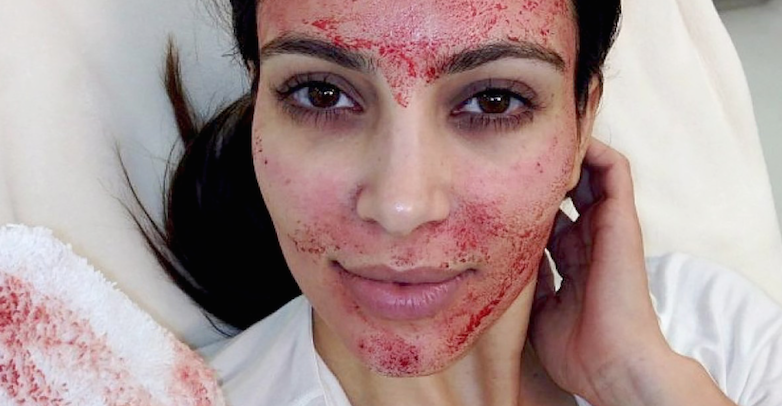
PRP/Stem Cell Injections
PRP (Platelet Rich Plasma) is blood plasma containing a concentration of platelets many times greater than what we normally find in blood. PRP is "autologous", meaning that it comes from the patient's own body. Platelets and growth factors are harvested from the patients plasma and then injected back into the areas being treated. PRP contains at least eight growth factors which are akin to stem cells. They stimulate the healing of soft tissue and work like a rejuvenating agent. There are no known side effects, although there may be some minor swelling for a short period of time.
Your PRP treatment will include the following:
- Your MD, PA, or nurse will draw a test tube of your blood.
- The blood is placed in a centrifuge.
- The isolated rich plasma is activated, and
- Injected back into the area needing treatment.

PRP Injections for Athletes
PRP Therapy has proven to be an effective clinical tool for several types of medical treatments including numerous orthopedic applications. It has recently gained notoriety in the popular media as a result of its use in treating sports injuries in professional athletes. PRP injections can be used to promote healing of injured tendons, ligaments, muscles, joints, and and to help assist in post-surgical repair. The most common joints that are injected are the knees and shoulders. This procedure can be used in conjunction with our Hyperbaric Oxygen Therapy (HBOT) to augment the results of your injections.

PRP for Hair Loss
PRP can also be used for hair loss. Recent studies have shown that PRP reinvigorates dormant hair follicles and begin the production of new hair. An injectable Lidocaine anesthetic is used to block the nerve endings of the scalp prior to treating the most prominent area of thinning hair with PRP. Most patients require a total of three treatments every 2-4 weeks. This protocol should be repeated yearly and combined with minoxidil therapy to maintain results.

PRP Aesthetic Procedures
PRP is also used in aesthetic procedures for overall skin rejuvenation by improving skin tone and texture.
In the medical aesthetics industry, PRP is commonly used to correct facial volume loss, which can be performed with or without dermal fillers. A PRP Facial is usually performed in conjunction with Microneedling. The PRP is injected into the deep wrinkles and folds of the face. Then following the injections, a microneedling device is used to punctures the skin with tiny needles in order to deposit the remaining PRP topically onto the face. This excess plasma needs to remain on the face for several hours, as this process helps to boost the skin’s natural healing process.